Making water drinkable with nanotechnology: it’s now a reality!
Focus
Focus
Category Facet
Custom Facet
Search Results
-
Web Content Article · By LUCIA ALGISI On Nov 29, 2023 12:05 PM
Hera continues experimentation of the innovative, fast and low-cost contactless system that uses space technology to detect water leaks in the network more quickly and productively
cosmicrays Categoria Progetto: Water Project Innovation
Asset Publisher
Discover the project for “removing and capturing” microcontaminants with recycled materials
Micropollutants, or microcontaminants, are chemicals such as pesticides, drugs, medicines and other organic substances that are present in water in very low concentrations. These are substances that are hazardous to human health and the environment, which we constantly monitor and research in order to identify effective removal mechanisms and abatement technologies.
“Removing and capturing” microcontaminants
The project involves the use of materials recovered from the production of hollow fibres for membranes, such as scaffolds used in the medical field which, combined with graphene, can be used as filter material in the water purification process.
In this way, a valuable material, which would otherwise be lost as process waste, is put back into circulation and given new life.
Laboratory tests were performed comparing conventional materials, such as activated carbon and innovative materials (PSU-GO, RGO, GNP, etc.) for the treatment of water resources at the Pontelagoscuro (Ferrara) power plant.
The objective of the test was to verify the effectiveness of these materials in removing various micropollutants, such as: EMPs (Emerging MicroPollutants), EPs (Emerging Pollutants) and possible by-products of ozonation, such as bromates.
The results highlighted the effectiveness of certain filtering materials and the next step will be the construction of a pilot plant within the Pontelagoscuro power plant, to further study and perform further tests on a larger scale.
Search Bar
Tag Facet
Asset Publisher

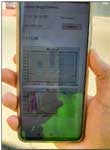
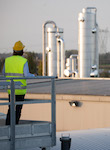
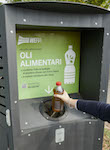

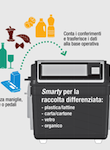


.jpg/468d051b-ba80-83a6-359d-7ef55eefd940)
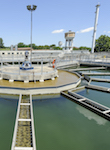
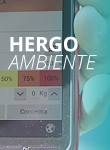
.jpeg/1d0e0770-1094-b22b-fce4-099f27c72978)